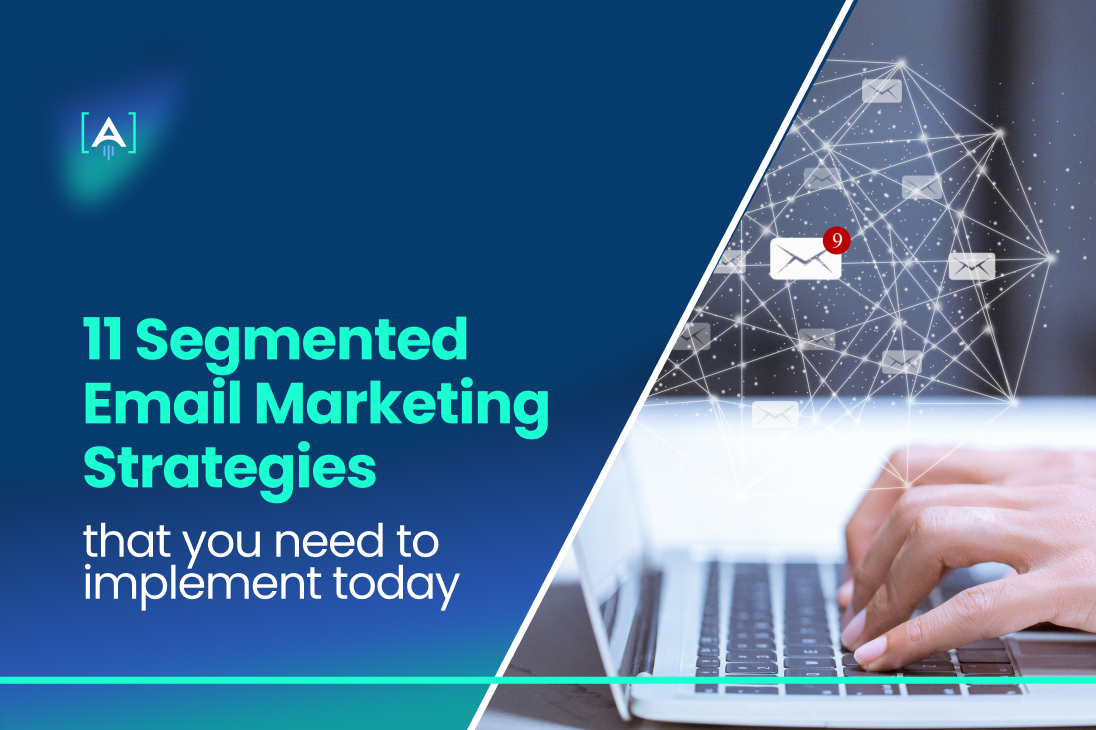With email marketing becoming increasingly segmented and sophisticated, it’s more important than ever to craft engaging, compelling content that resonates with your audience.
Whether you’re trying to reach potential customers with a targeted sales pitch or connect with existing clients through valuable insights and industry updates, the key is to think carefully about whom you’re trying to reach, what they care about, and how you can best deliver your message in a way that will resonate.
At the heart of effective email marketing are creativity and originality – after all, if your messages look and sound just like everyone else’s, why would anyone pay attention?
First, start by taking an honest look at your content and focusing on crafting truly unique messages that catch readers’ attention and stand out from the crowd.
Know that segmentation is vital – the more you can segment your audience, the better chance you have of crafting content that speaks directly to their needs and interests.
If you’re not personalizing and segmenting your emails, you’re missing out on 58% of potential revenue.
And more than that.
According to 62% of marketers, personalization is the most effective technique.
Our email marketing agency is here to share the 11 best-segmented email marketing strategies you need to implement as soon as possible for more successful email campaigns.
Creating High-Performing Email Segmentation Campaigns
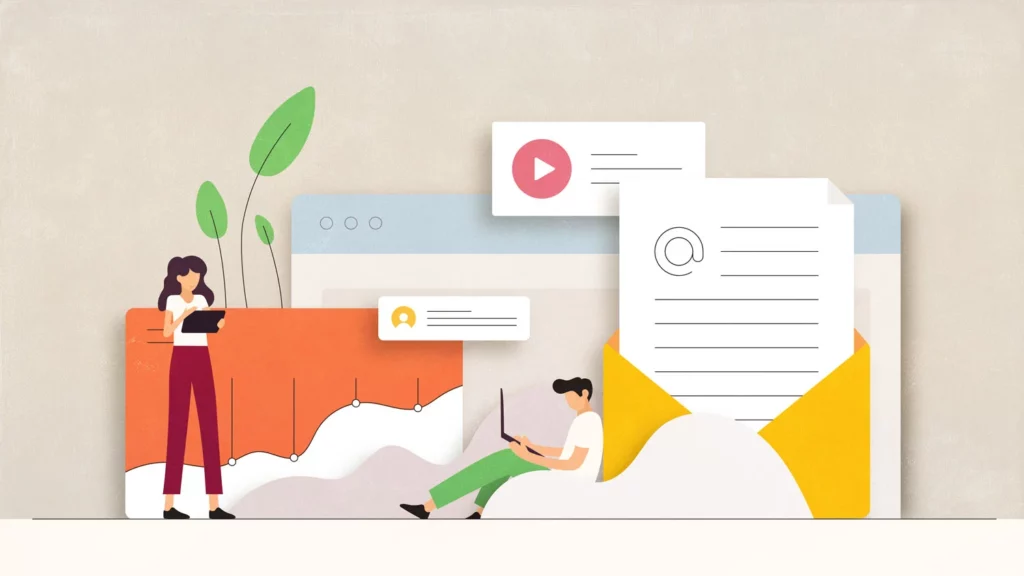
List segmentation, also called email segmentation, refers to dividing your email recipients into smaller groups based on demographic or behavioral data.
The most relevant information will be sent to these targeted groups. For example, the group could be found in terms of state of residence, past purchase history, age, or even specific interests.
Your audience is not all the same, so you can’t treat them like they are. Segmenting your list allows you to personalize your content and provides a much better user experience, which will lead to more conversions.
Creating high-performing email segmentation campaigns requires profoundly understanding your audience and their specific needs and interests.
To effectively segment your email lists, you must first identify the different groups of recipients within your audience, paying close attention to demographic factors, browsing behavior, site engagement, and other key indicators.
Once you have identified each segment of your audience, you can begin crafting tailored messaging that speaks directly to their individual needs and interests.
This can be done through carefully curated subject lines, targeted promotional offers, personalized content, and more.
For example, if you have a segment of your audience of first-time buyers, you should craft a welcome email outlining the benefits of your product or service.
Or, if you have a segment of your audience that consists of existing customers, you might want to focus on creating loyalty programs or providing exclusive discounts and offers.
Here are some of the benefits of segmenting your email list:
Increased Engagement
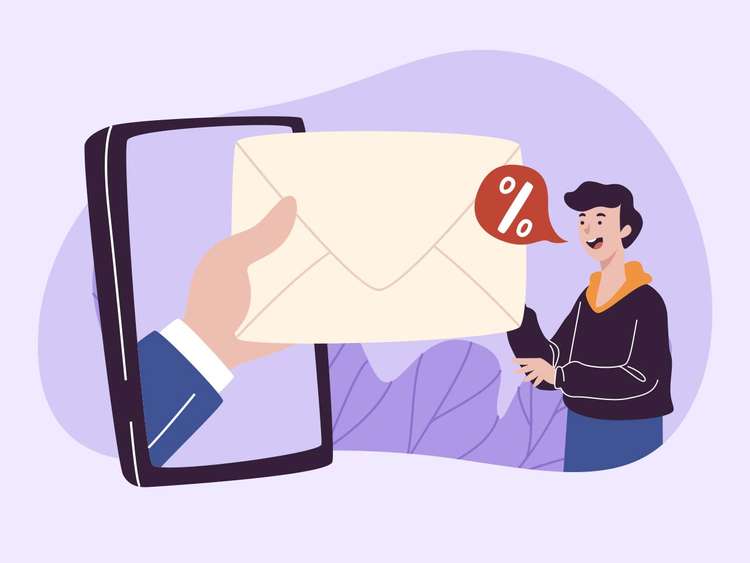
When you segment your email list, you are more likely to see increased engagement from your subscribers.
This is because you will be able to send more targeted and relevant content to them, which they are more likely to find exciting and engaging.
By segmenting your list, you will be able to build closer relationships with your subscribers as you will get to know them better.
Improved Open Rates
Another benefit of segmenting your email list is that you will likely see improved open rates. This is because people are likelier to open emails relevant to them and their interests.
Higher Click-Through Rates

In addition to improved open rates, you are also likely to see higher click-through rates when you segment your email list.
People are likelier to click on links in emails that are relevant to them.
Reduced Unsubscribe Rates
No one likes to be bombarded with emails they don’t care about. When you segment your email list, you are less likely to have people unsubscribe from your list, as they will only receive relevant content. This can lead to a more engaged and active email list in the long run.
More Efficient Email Marketing
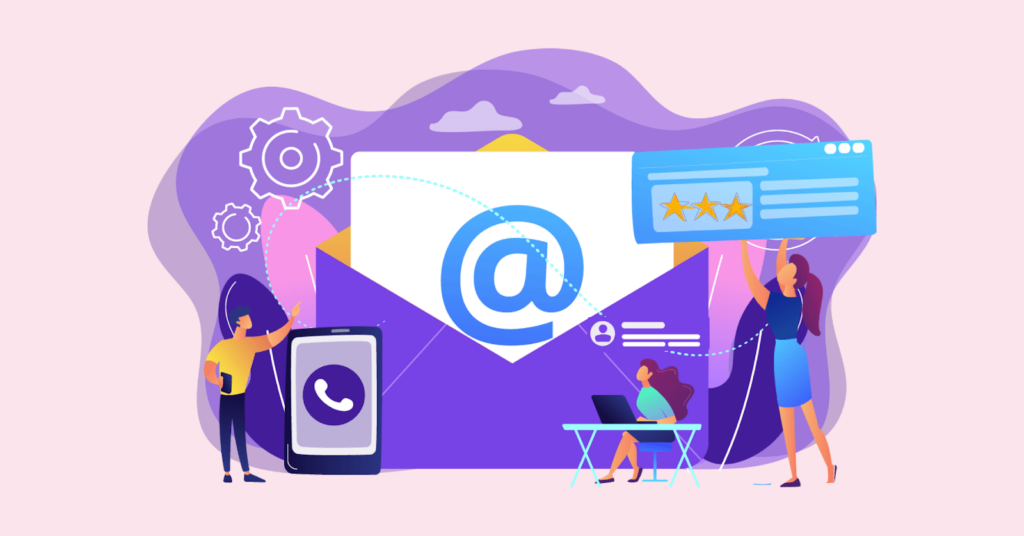
When you segment your email list, you can focus your energy on creating targeted content for specific groups.
So you can save time and money while still getting the most out of your email marketing campaigns.
Improved Deliverability

You will also likely see improved deliverability rates when you segment your email list. This is because ISPs (internet service providers) often give preference to emails that are sent from targeted lists over those that are sent from generic lists.
So, by segmenting your list, you can improve your emails’ chances of being delivered to your inbox.
Increased ROI (Return on Investment)
Your ROI will also increase when you segment your email list.
For example, increasing your click-through rate by just 1% can lead to a significant increase in your overall ROI.
5 Reasons Email Segmentation Will Boost Your ROI
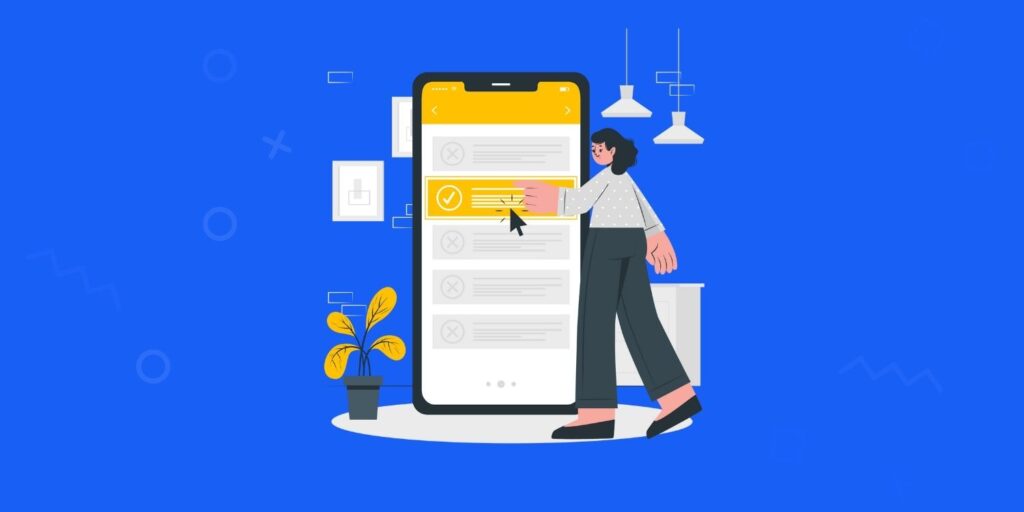
So more about this. ROI (a.k.a. return on investment) is the metric that is used to evaluate the efficiency of any investment. In other words, it measures how much money you’re making in relation to your spending.
Email segmentation can boost your ROI in several ways:
Email segmentation helps you target your audience more effectively, increasing the chances that they’ll open and read your message.
This is important because the more targeted your message is, the more likely your audience will engage with it.
And when your audience is engaged, they’re more likely to take the actions you want them to take (such as clicking through to your website or making a purchase).
Email segmentation allows you to personalize your messages, making them more relevant to each recipient.
With email segmentation, you can send hyper-targeted messages tailored to each individual’s interests, needs, and wants.
Email segmentation can help you improve your click-through and conversion rates.
Keep reading about 20 Tested and Proven Ways to To Increase Your Conversion Rate.

This is the percentage of users clicking on a link in your email. The conversion rate is the percentage of people who take the desired action after clicking through your website.
Email segmentation makes it simpler to track the success of your marketing campaigns.
When you segment your email list, you can track which segments are most responsive to your messages. This information can be precious in future campaigns as it allows you to fine-tune your targeting.
Email segmentation is an effective way to reduce the number of spam complaints you receive.
When your messages are relevant, people are less likely to mark them as spam. A win-win!
Different Data for Effective Segmentation
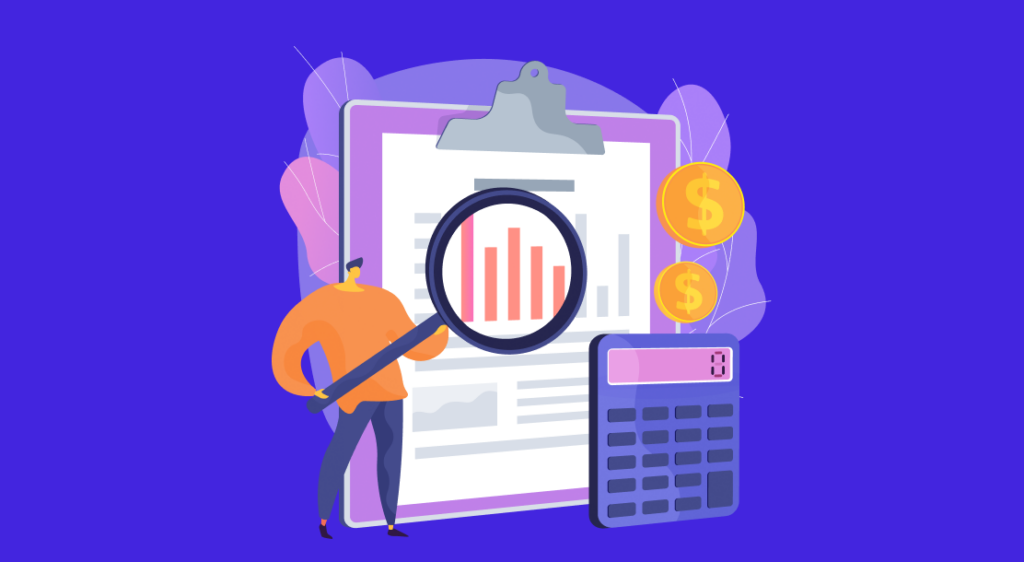
Although there are no solid guidelines about what information can and cannot be used for list segmentation, any data that can connect to a specific email address can usually be used to create a segment.
Segmentation is most commonly made from the following data:
Demographic
Segmenting your customers by demographic data is essential to details such as age, gender, geographic location, job title, and salary. Understanding these base-level segments allows you to decide how best to serve each group with your product or service.
You can also target each group using different sales and marketing strategies with this information.
Behavioral
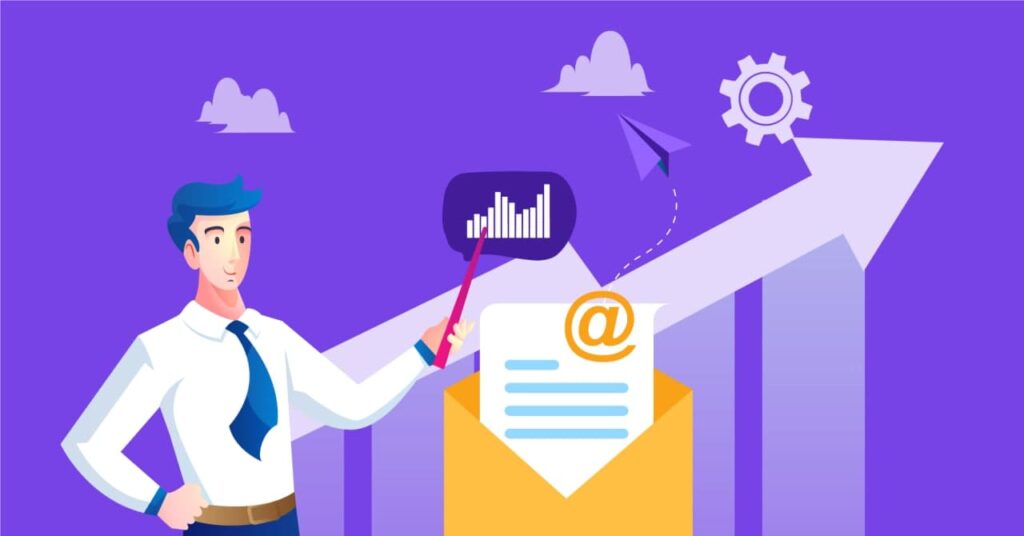
This includes information like how often someone opens your emails, what kinds of links they click on, and whether they delete your messages without reading them. By tracking this data over time, you can identify patterns and preferences that can be used to segment your list more effectively.
As a result, you’ll be able to create emails that are more likely to be opened, read, and acted upon – resulting in a higher return on investment for your business.
Firmographic
This data refers to the characteristics of a company, such as industry, size, and location. This information can identify different segments within your customer base and target each segment with different sales and marketing strategies.
Technographic

This type of data considers factors such as the type of device someone uses, internet connection, and browser preferences. By understanding these technical details, you can ensure that your email is optimized for each recipient.
Psychographic
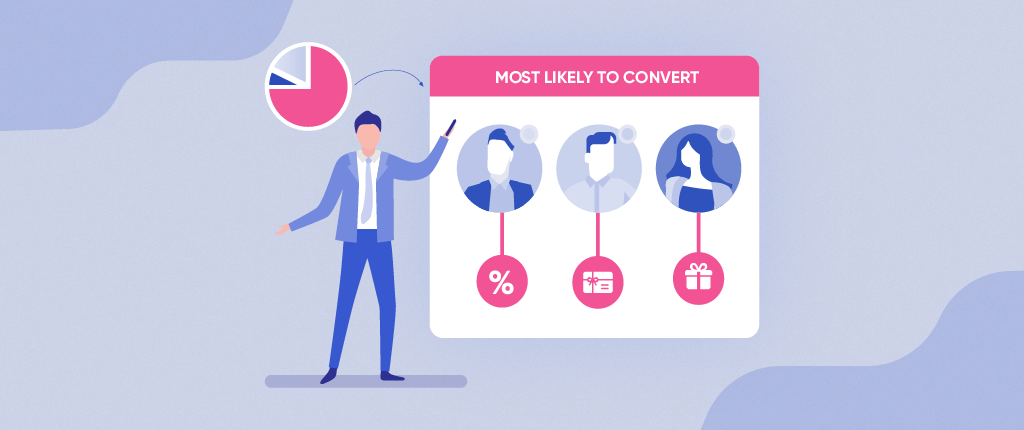
This information can help you identify your customers’ interests, values, and lifestyle preferences. With this insight in hand, you can create emails that are tailored to each individual’s needs and interests.
As a result, your emails will be more likely to achieve their intended purpose, whether it’s generating sales, fostering loyalty, or building brand awareness.
User Activity Status for Email Segmentation
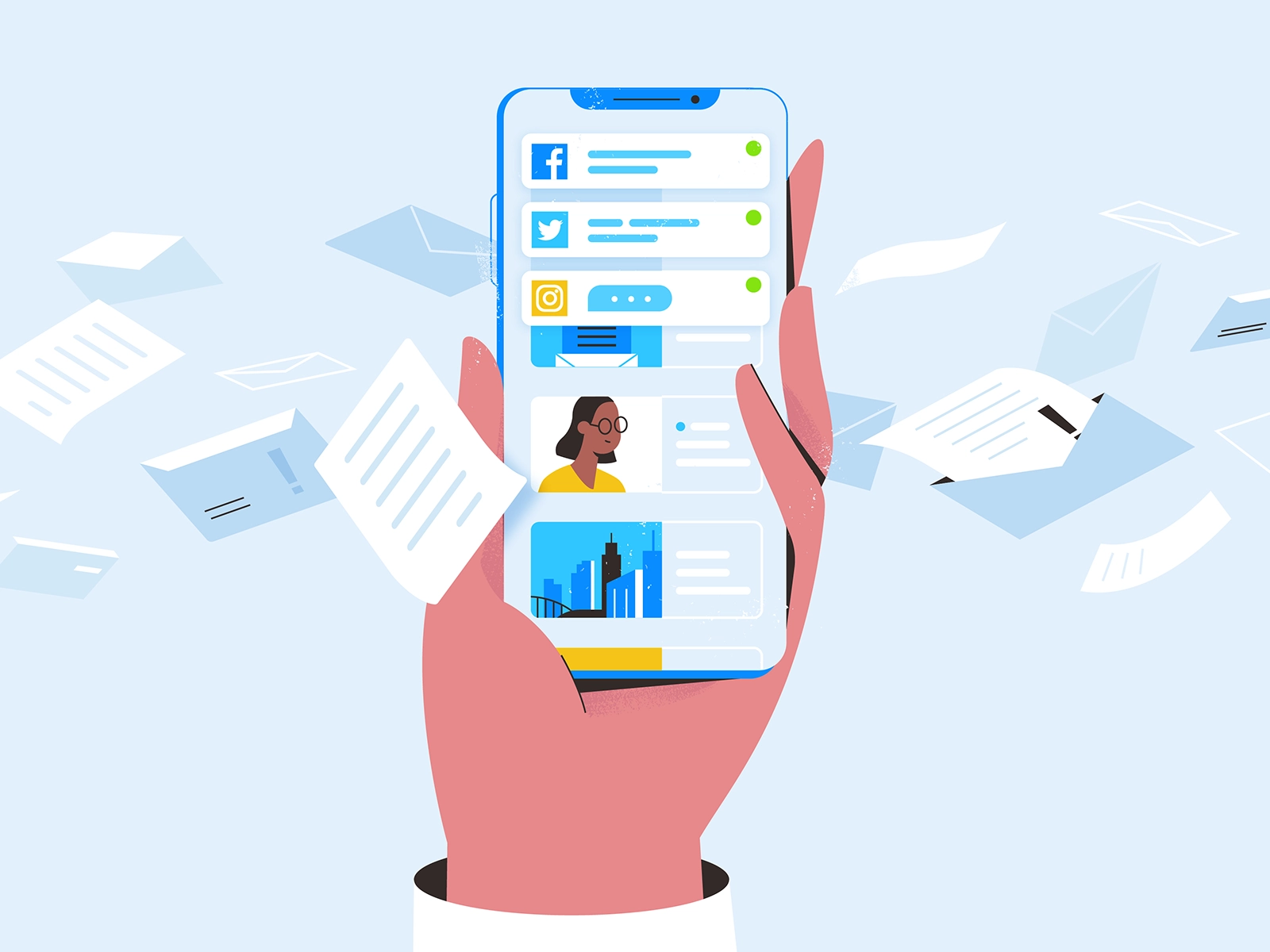
Active Users
Active users are those who regularly engage with your emails. They open and click on the links in your emails regularly. They are loyal customers who are interested in your product or service. So, it’s important to keep them happy!
Inactive Users
Inactive users are those who do not regularly engage with your emails. They may open your emails occasionally, but they do not click on the links or take any other action. Segmenting your email list by activity level can help you identify these inactive users so that you can take steps to re-engage them.
One-Time Openers
One-time openers have opened one of your emails but have not engaged with any other emails. This could be because they found the email content uninteresting or irrelevant. So with this type of segmentation, you can focus on re-engaging these customers with more targeted and relevant content.
One-Time Clickers
One-time clickers are those who have clicked on one of the links in your emails but have not engaged with any other emails. This could be because they found the email content uninteresting or irrelevant. You will want to focus on re-engaging these customers with more targeted and relevant content.
New Users
They are customers who have recently signed up for your email list. They may be interested in your product or service, but they have yet to have a chance to engage with your emails. So, sending them high-quality content will pique their interest and keep them engaged is essential.
Segmenting by Signup Source
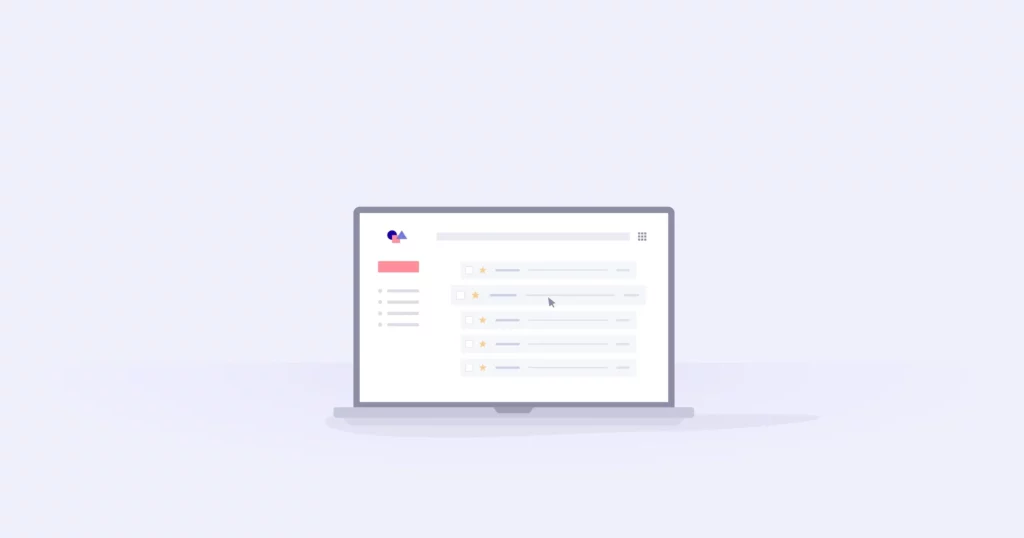
There are millions of reasons why someone might sign up for your email list. Maybe they saw an advertisement and were intrigued.
Maybe they heard about you from a friend or found your website while they were looking for something else entirely. But no matter how they ended up on your list, there’s one thing all of these people have in common: they’re potential customers.
For example, if someone signs up for your email list after seeing an ad, you can send them additional information about your product or service.
On the other hand, if someone signs up for your email list after hearing about you from a friend, you can send them a coupon code or exclusive content.
Segmenting your list by how subscribers were added can be an effective way to boost engagement. This is not that common, but it can be helpful to identify where your most engaged subscribers come from.
Identify your top three sources of signups
Look at your signup forms and see which ones are getting the most submissions. Alternatively, you can look at your Google Analytics data to see where your email subscribers are coming from.
Analyze the behavior of each segment
Once you’ve identified your top three sources of signups, it’s time to take a closer look at the behavior of each segment. Do they open your emails? Do they click on the links? Do they make purchases? This analysis will help you understand which segments are most engaged and which are less engaged.
Tailor your messaging and marketing efforts to each group
Once you understand the behavior of each segment, you can tailor your messaging and marketing efforts to appeal to each group.
For example, if you find that people who sign up for your email list after seeing an ad are less engaged than people who sign up for your email list after hearing about you from a friend, you can focus on creating better ads.
Measure the results and adjust your strategy as needed
Finally, it’s vital to measure the results of your email segmentation strategy and adjust it as needed. Are you seeing more engagement from your segmented groups? If not, why not? What can you do to improve your segments? Measuring the results of your email marketing segmentation strategy will help you improve your strategy over time.
Here are some tips for segmenting your email list by signup source:
- Add a signup form to your website and track how many people sign up from each page.
- Use different signup forms for various promotions and track how many people sign up from each form.
- Send new subscribers a welcome email asking how they found out about you. Include a link to a survey or form where they can let you know.
- Look at your website analytics to see which pages generate the most email signups.
Segmenting Your MoFu Leads
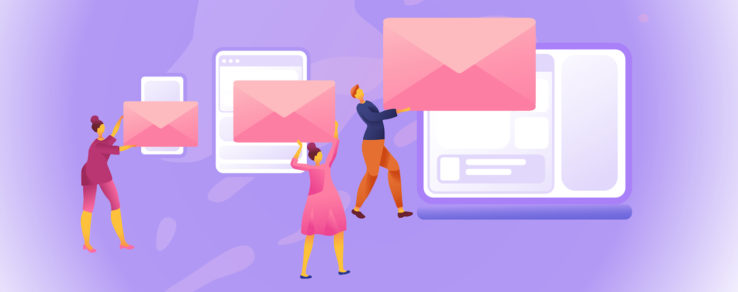
There’s no denying that the modern buyer’s journey is complex. With so many touchpoints and steps, it can be hard to know where to start when segmenting your leads. But if there’s one thing we know for sure, you can’t just lump all your MoFu leads together and hope for the best.
Instead, take the time to segment your MoFu leads according to their needs and interests. This way, you can better customize your messages and offers to appeal to each different group.
MoFu leads are typically at the bottom of the sales funnel. They’re interested in your product or service, but they’re still getting ready to buy. They may need more information, or they may need to be convinced that your product is the perfect fit for them.
Define What a MoFu Lead Is
The first step in segmenting your MoFu leads is to define what a MoFu lead is for your business. What are they interested in? What needs do they have? Once you know this, you can start to segment your leads according to their needs.
Determine How You’ll Be Able to Identify These Leads
There are so many methods you can identify MoFu leads. One way is to look at how they found you in the first place. If they came to your website from a Google search, they’re in the research phase and looking for more information.
Another way to identify MoFu leads is to look at their behavior on your website. Do they spend much time reading your blog posts? Do they download many resources? These are all signs that they’re interested in your product or service, but they’re still getting ready to buy.
Finally, you can also use lead scoring to identify MoFu leads. If you’ve been tracking your leads’ behavior, you probably know what kind of behavior indicates interest. Based on this, you can assign a score to each lead. The higher the score, the more interested they are.
Nurture Your Most Engaged Leads First
Once you’ve identified your MoFu leads, it’s time to start nurturing them. You can send them targeted content to help move further down the sales funnel. This could include a blog post, ebooks, infographics, case studies, or even more information about your product or service.
Think about segmenting your content to appeal to different groups of MoFu leads. For instance, create separate pieces of content for each use case. Or, if you have a service that appeals to individuals and businesses, you might create separate content for each target market.
1. Use Customer Data to Segment Your Email Lists

As we’ve mentioned, one of the most crucial things to do when segmenting your email lists is to use customer data. This could be data from your CRM, contact forms, surveys, or even Google Analytics.
The most successful channel for customer loyalty and retention, according to 37% of respondents, is email, which means you need to start using email marketing to cultivate customer loyalty.
Your customer database is a goldmine of information that you can use to segment your email lists.
Here are a few simple strategies:
Use Surveys to Collect Data
Ask your customers for data. You can do this through surveys, either online or offline.
Look at Your Customer’s Purchase History
If you have an eCommerce store, you probably already have many data on your customer’s purchase history. You can then use this data to segment your email lists according to what products or services they’re interested in.
Use Contact Forms
Another way to collect data is through contact forms. If you have a contact form, you can ask your visitors for their names, email addresses, and other information. This information can then be used to segment your email lists.
Use Google Analytics
Google Analytics can tell you where your visitors are coming from, what pages they visit, and how long they stay on your site. It’s a perfect tool for segmenting your email lists and understanding your customers’ needs.
2. Personalize Your Email Subject Lines
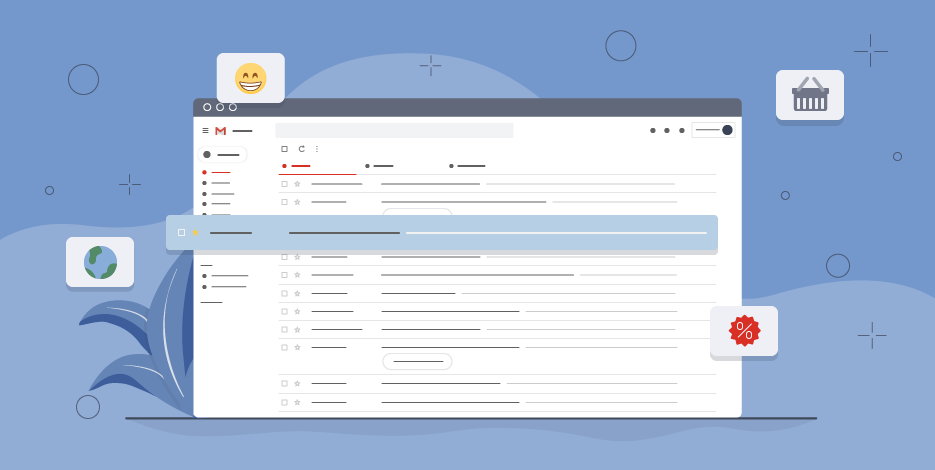
You know what they say: first impressions are everything. And when it comes to email, that first impression is your subject line. A personalized subject line is a great way to make an excellent first impression.
After all, your recipient is much more likely to open an email that has a subject line that is creative and interesting. And once you have their attention, you can deliver whatever message you need to.
62% of marketers inform about personalized messaging as one of the most efficient email types. If you still need to personalize your emails, now’s the time to start. Personalized subject lines can be as simple as using the recipient’s first name or as complex as using data from their purchase history. The key is to find the balance working for you and your audience.
Here are some good tips for you:
Use the Recipient’s First Name
A simple “Hi [First Name]” can make a big difference. It’s a psychological thing: seeing your name makes you feel special and important.
Be Specific
Don’t just say, “thanks for being a customer.” Say, “thanks for being a loyal customer,” or “thanks for being a valued customer.” This shows that you know who they are and what they’ve done.
Keep it Short and Sweet
Long subject lines are often truncated in email inboxes, so keep it under 50 characters.
Make it Sound Human
Bots and automated emails are easy to spot. Write as a real person would write, and you’ll stand out from the crowd.
Get Personal
This means more than just using the recipient’s first name. It means sending emails that are relevant to their interests, their needs, and their wants.
Use Emojis Judiciously
And, of course, you can always add a little bit of personality with emojis. Just don’t go overboard. It means using them sparingly and only when it makes sense.
3. Send Relevant Offers and Discounts
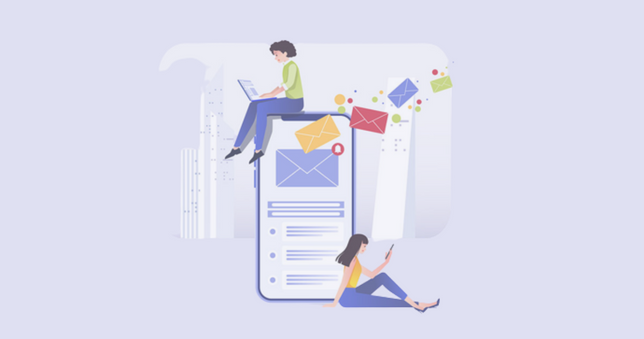
This is another great way to segment your email lists. You can increase customer loyalty and engagement by sending relevant offers and discounts. And who doesn’t love a good deal?
The key here is to ensure that the offers and discounts are relevant to the people on your list. There’s no point in sending a discount for a product they’re not interested in. That’s just a waste of time and resources.
For example, if you have a customer list who have purchased from you in the past, you can send them a discount on their next purchase. Or, if you have a list of people who haven’t purchased from you, you can send them a discount to try your product.
By offering shoppers a personalized discount on products they are interested in, you are meeting their expectations and increasing their likelihood of purchasing.
Most shoppers are okay with sharing personal information if it means receiving discounts tailored just for them. So go ahead and ask for their email address, birthday, or purchase history.
4. Time Your Emails Correctly
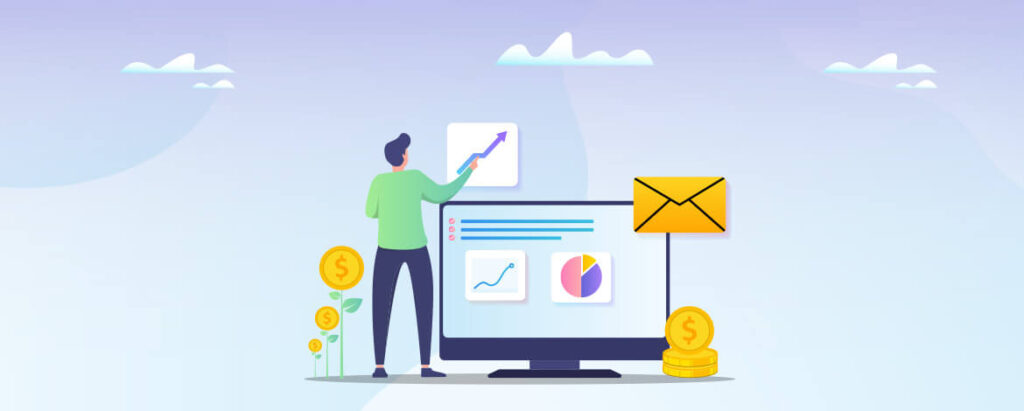
Anyone who’s ever spent any time on the internet knows that there’s a perfect time to do everything- the perfect time to post on social media, the perfect time to buy plane tickets, and even the perfect time to send emails.
Different sources will tell you different things, of course, but when it comes to emailing your list, here is a little help.
Nearly all email users check their inboxes every day, up to 20 times. 58% of customers check their email when they wake up in the morning, and 84.3% of them inform us about checking their emails at least once daily.
Out of all the emails sent, those delivered at 8 a.m. received the highest open rate of 20.32 percent and click-through rate of 7.79 percent, while 4 p.m. had the highest order rates out of all time.
Finding the optimal time for your open and click-through rates can take time, depending on your target audience and what times work for them. It also depends on many factors, like the time of year or whether it’s a weekday or weekend.
Morning People vs Night Owls
You’ll want to focus on those who are morning people if you wish to have high open rates.
Those who check their email first thing in the morning are likelier to open and click through your email. But those who stay up late at night browsing the internet, checking their social media, and doing some online shopping are likelier to make a purchase from your email.
Weekday vs Weekend
On weekdays, your customers are more likely to sit at their desks, alert and ready to open your email. They’re also more likely to have a few minutes to spare to read your message carefully.
However, they may also feel rushed and stressed, so they could quickly skim over your email without really taking it in.
On the other hand, weekends tend to be slower-paced and less hectic. Your customers may be more relaxed and receptive to your message, but they’re also likely distracted by family, friends, and other weekend activities. They may not give your email the attention it deserves.
What is the perfect time to send your email? It depends on your audience and what times work best for them.
Time of Year
In the fall, people are busy getting back into the swing of things after summer vacations. They’re focused on work and may have less time to respond to marketing messages.
However, the holiday season is a different story. People are in a festive mood and more likely to be responsive to marketing messages that offer them deals and discounts.
Find the balance between giving people what they want and giving them too much. If you can do that, you’ll be sure to see a spike in customer responsiveness.
5. A/B Test Your Email Campaigns
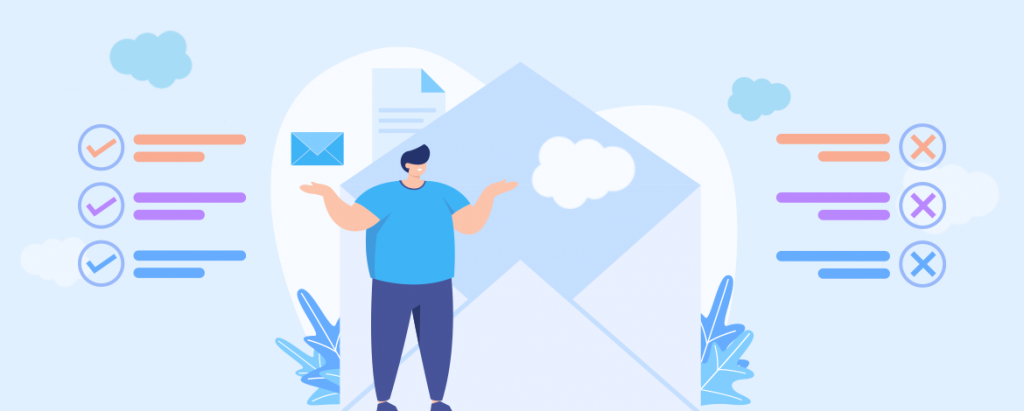
A/B testing is the perfect way to speed up your learning process, and it goes hand-in-hand with email marketing. This is because you can easily split any list into “A” and “B” groups. A/B testing will also help simplify your marketing efforts while making your campaigns more effective overall.
Here’s how it works: you send out two versions of your email campaign to a different group of recipients.
One version is the control, which is your usual email campaign. The other version is the treatment, which is slightly different from the control in some ways.
Maybe you change the subject line, the call to action, or the images. Once you’ve sent out both versions, you compare the results.
Which one performed better? Depending on the answer, you can make adjustments to future campaigns accordingly. Don’t be afraid to experiment – your next great email campaign could be just around the corner.
6. Test, Measure, and Optimize
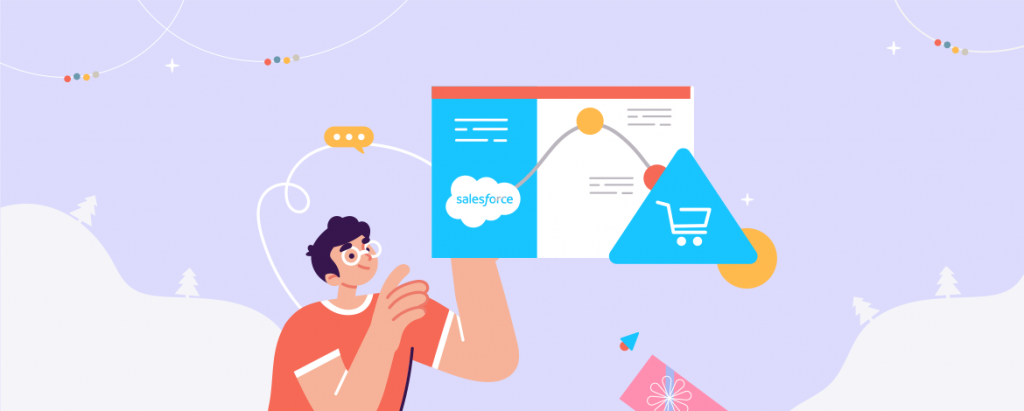
It’s the scientific way, and it’s the only way to be sure that your segmented email marketing campaign is as good as it can be.
Luckily, it’s easier than it sounds. You don’t need a degree in mathematics, just a willingness to experiment and a keen eye for detail.
Test Different Subject Lines to See What Gets the Most Opens
This is the simplest test you can run. Send out two versions of your email, each with a different subject line.
Then, measure the open rate for each one. The winner is the subject line that gets more people to open your email.
Also, try testing different calls to action to see which ones get the most clicks. Like with subject lines, you’ll want to send out two versions of your email, each with a different call to action. Measure the click-through rate for each one and choose the winner.
Measure Click-Through Rates to See Which Links Are Getting the Most Clicks
You can also measure click-through rates to see which links get the most clicks in your email.
This is a valuable metric because it tells you what people are interested in. If you see a high click-through rate for a certain link, you know that it’s something your audience is interested in, and you should include it in future emails.
Add a tracking code to each link in your email to measure click-through rates. Then, when people click on the links, the code will track the number of clicks.
This information can be valuable when segmenting your audience because you’ll know what interests them most.
Optimize Your Email Campaigns for Mobile Devices
Being able to track how your email campaigns are performing is one thing, but being able to improve them is another.
There are a few simple ways to optimize your email campaigns for mobile devices.
Make sure your subject lines are short and to the point. Mobile users are likelier to delete an email if the subject line is too long.
Use large, easily clickable buttons for your call to action. Mobile users are less likely to click on a small link, so ensure your buttons are big and easily visible.
Try Different Formats, Including Text, Images, and Videos
Experimenting with different formats is a great way to know what works best for your audience.
Some people prefer to read emails, while others prefer to watch videos or look at pictures. Try sending out a few different emails and see which ones get the most engagement.
Trying different formats is also a great way to keep your email campaigns from getting stale.
If you always send the same type of email, people will eventually get bored and stop opening them. But if you mix things up and try new formats, you’ll keep people engaged and intrigued.
7. Ensure a Consistent Branding Message Across All Channels
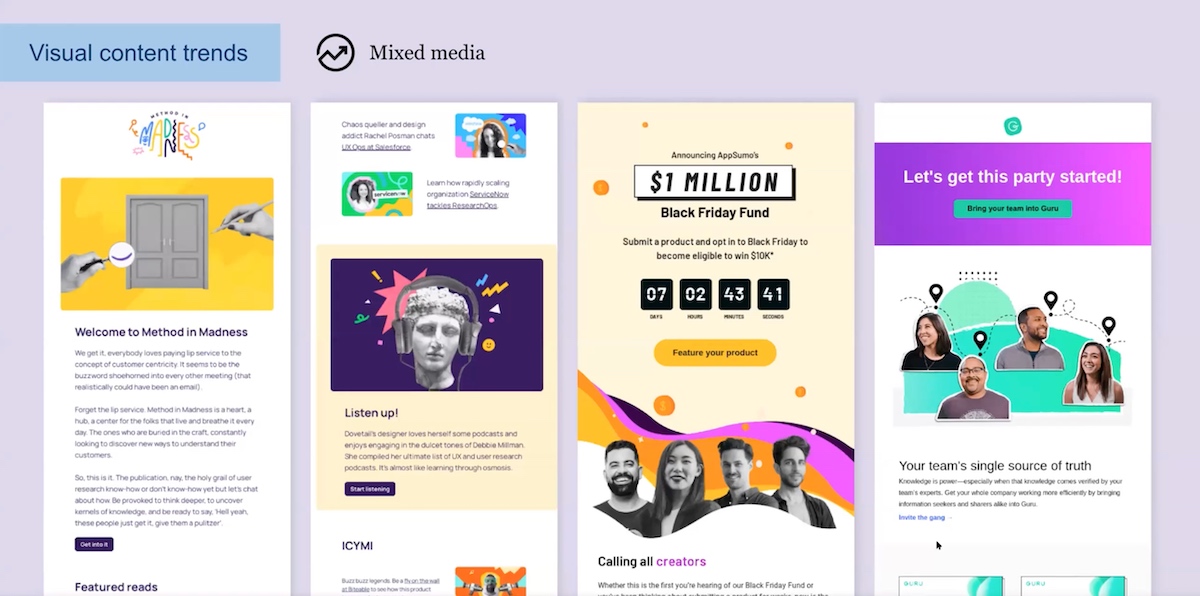
This is one of the most crucial aspects of segmented email marketing, but it’s also one of the most often overlooked. It’s not enough to send emails – you must ensure that your branding message is consistent across all channels.
Your emails should match your website, social media, and other marketing channels, including the textual, visual, and vocal elements.
This consistency will reinforce your brand and make it more recognizable, ultimately leading to more sales.
Here are some tips for ensuring a consistent branding message:
- Use the same colors, fonts, and logos in all of your marketing materials.
- Make sure your messaging is consistent across all channels.
- Use the same tone in all of your communications.
- Be consistent with the frequency of your communications.
- Develop a style guide for all of your marketing materials.
8. Leverage Social Media for Email List Growth
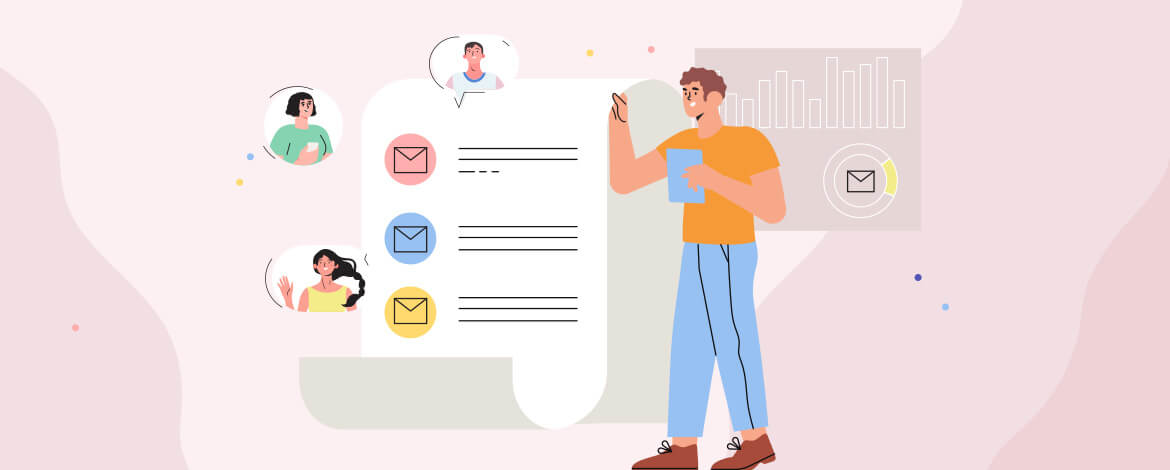
You’re taking advantage of a huge opportunity if you need to leverage social media to grow your email list.
Social media platforms like Facebook & Twitter are great places to find potential subscribers.
And with a bit of creativity, you can turn those leads into subscribers. For example, you can use Twitter to drive traffic to a landing page where potential customers can sign up for your email list.
Or you can run a Facebook ad that leads people to a signup form. You can even host a contest on social media and require people to submit their email addresses to enter.
Here are 46 Facebook Ad Stats And Benchmarks That Can Improve Your Performance.
There are endless possibilities for growing your email list with social media.
LinkedIn is another great platform to consider. You can use LinkedIn groups to connect with potential subscribers with similar interests.
Or you can run LinkedIn ads that target people who would be interested in your product or service.
9. Include an Element of Urgency

You need to ensure your emails are urgent enough to get people to open them but not so urgent that they feel like they’re being bombarded.
The trick is to find the perfect balance. Keep in mind these ways when creating a sense of urgency in your email marketing:
Use Time-Sensitive Subject Lines
Make sure your subject lines include words like “now,” “today,” or “immediate.” This will help encourage people to open your emails right away.
Create a Sense of Exclusivity
People always want what they can’t have. So, if you can create a sense of exclusivity in your email marketing, people will be more likely to open your targeted emails. You can offer discounts or coupons that are only available for a limited time.
Explain the Consequences of Not Taking Action
Sometimes, people need a little motivation to take action. So, if you can explain the consequences of not taking action, you’ll be more likely to get people to open your emails. For example, you could say, “If you don’t act now, you’ll miss out on this amazing opportunity.”
Provide a Solution to the Problem
If you can show people that you have a solution to their problem, they’ll be more likely to open your email. For example, suppose someone is struggling with productivity. In that case, you could email them a few tips for being more productive or advertise your product that promises to increase productivity.
Request a Response Within a Specific Timeframe
This is a great method to create a sense of urgency without being too pushy. You can request a response within a certain timeframe, and people will usually oblige.
Thank the Reader for Their Time
Being polite goes a long way. So, if you thank the reader for their time, they’ll be more likely to read your email and take action.
10. Make it Easy to Unsubscribe
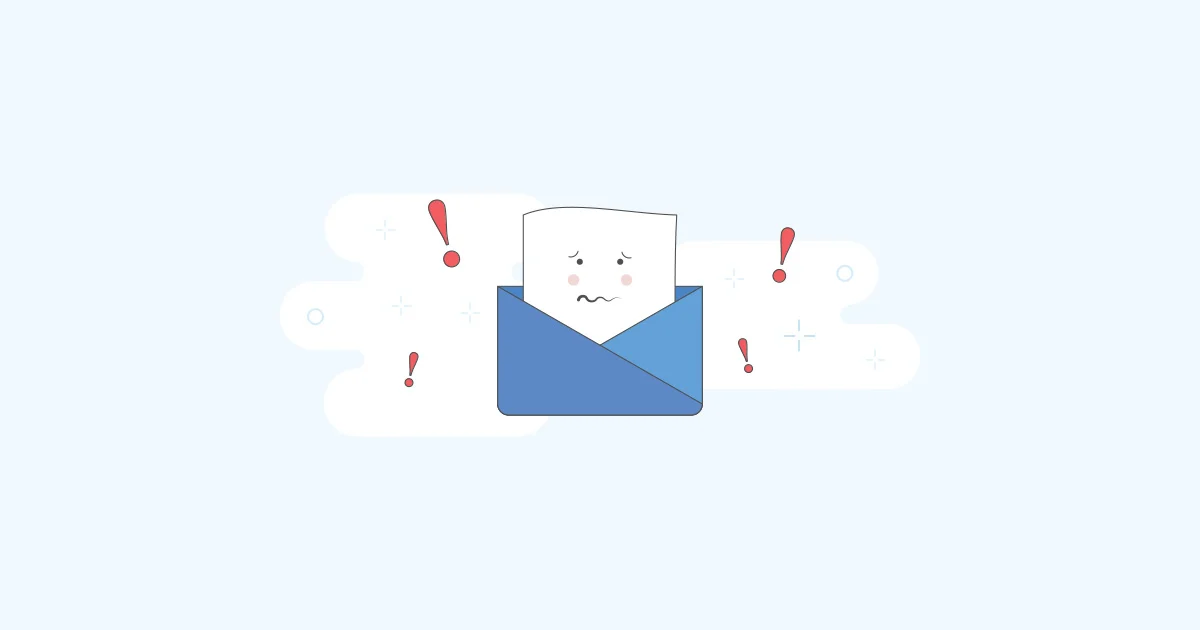
According to a 2021 benchmark report by Campaign Monitor, the average Email Unsubscribe rate is 0.1%.
While this number may seem small, it’s pretty significant when considering the number of people subscribed to your email list.
And even though it’s a small number, it’s still important to ensure people can unsubscribe from your emails if they want to. Otherwise, you risk losing subscribers and damaging your reputation.
Remember, every time someone unsubscribes from your emails, it’s an opportunity to improve. So, don’t take it personally; use it as a chance to learn and grow.
11. Use Lead Magnets to Grow Your List

A lead magnet is a freebie that you offer potential subscribers in exchange for their email addresses. It could be a PDF guide, an ebook, a mini course, or anything else that would be of value to your target audience.
Ensure your lead magnet is high quality and relevant to your niche. Otherwise, you’ll end up with a bunch of uninterested people on your email list.
Here are a few simple things to keep in mind when choosing a lead magnet.
Keep Your Audience in Mind
What would they be interested in? What would be most useful to them? If you need more clarification, try surveying your target audience or conducting market research.
Make It High Quality
Your lead magnet should be high quality and offer value to your audience. It should be something that they would be happy to receive, even if they don’t end up becoming a customer or client.
Keep It Simple
Try to pack only a little into your lead magnet. Keep it focused and relevant to your target audience. They’ll appreciate the simplicity and be more likely to use it.
Make It Visually Appealing
People are likelier to engage with a visually appealing lead magnet. Make sure it looks professional and is accessible to the eyes.
Sending Your Message to the Right Customer at the Right Time

Segmented marketing allows companies to allocate their resources more effectively, resulting in higher levels of profitability.
As the world of business becomes increasingly competitive, it is clear that segmented marketing will become an essential tool for companies looking to gain a competitive edge.
Those who fail to adopt this strategy will do so at their own peril.
By carefully crafting your email marketing strategy, you can ensure that each segment of your audience receives the information that they need to make a purchase decision.
When executed correctly, segmented marketing can be an invaluable tool for driving sales and growing your business.
